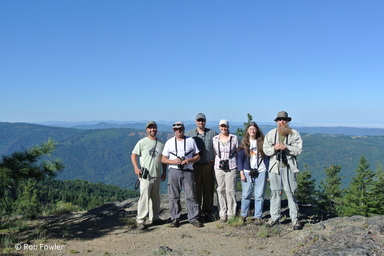 The group.
The group. Yesterday, 8 June, I led my annual Horse Mountain field trip for Redwood Region Audubon Society. The Horse Mountain region is the closest high elevation location from the Humboldt Bay Region and only takes about 1/2 hour to 40 minutes for one to reach the area going east on Highway 299. There's a nice mix of habitats up there with serpentine Jeffrey pine forests, some regenerating clearcuts, high elevation meadows, oak woodlands, and at the highest elevations along the route, white fir forests. The actual Horse Mountain is an official "botanical area" due to the coastal Jefferey pine, western white pine, and Port-orford Cedar communities that are found within its' 1,100 acres. With this large diversity of habitats comes a great diversity of bird species. If you want to see montane species like Sooty Grouse, Mountain Quail (both mostly heard only, though). White-headed Woodpecker, Hammond's and Dusky Flycatchers, Mountain Chickadee, Townsend's Solitaire, Hermit Warbler, Green-tailed Towhee, Thick-billed Fox Sparrow, and others, then the Horse Mountain area is THE place to go in Humboldt County for these species.
I don't have a lot of time to go into a whole trip report for our outing and I'm sure you don't to hear about EVERY stop we made so I'll just report on the couple of highlights we had. Mountain Quail, along with Sooty Grouse, are 2 of the most common birds that you are bound to HEAR every time you visit this and other high elevation areas in Northwestern California from April-to early-July. But it's tough to get looks at either of these species and even tougher to get prolonged looks at either one of them.
So, as you might have guessed, the first highlight was that we got unprecedented KILLER looks at Mountain Quail! This is the first time on my annual Horse Mountain trip where we have actually gotten looks at this bird as we hear them throughout the day but they are SOOOOOOO secretive and it's very hard to see them in large groups (many of my past Horse Mountain trips had up to 20 people on them!). The other car in the group spotted a male Mountain Quail singing from stunted pine next to the road and had unobstructed views. They all got killer looks from their car and then came up to where we had parked and told us about their experience. We were all blown away hearing about their fortuitous luck with this bird that we decided we had better walk down to the rocky point where they had it (which is where the above group photo was taken). We heard the bird "singing" below the rocky point but couldn't see it. Somebody in the group suggested I try a tape for the bird and when I did the quail came right out wondering where that competing male was coming from in it's territory! We then backed up about 50-60 ft from the tree that the bird was in and it proceeded to walk up the hill back to the tree and perched in the lower branches giving us all long and satisfying looks! I ended up getting some decent photos of the bird, which were my first Mountain Quail photos I've gotten with my new digiscoping setup. Here is one below:
So, as you might have guessed, the first highlight was that we got unprecedented KILLER looks at Mountain Quail! This is the first time on my annual Horse Mountain trip where we have actually gotten looks at this bird as we hear them throughout the day but they are SOOOOOOO secretive and it's very hard to see them in large groups (many of my past Horse Mountain trips had up to 20 people on them!). The other car in the group spotted a male Mountain Quail singing from stunted pine next to the road and had unobstructed views. They all got killer looks from their car and then came up to where we had parked and told us about their experience. We were all blown away hearing about their fortuitous luck with this bird that we decided we had better walk down to the rocky point where they had it (which is where the above group photo was taken). We heard the bird "singing" below the rocky point but couldn't see it. Somebody in the group suggested I try a tape for the bird and when I did the quail came right out wondering where that competing male was coming from in it's territory! We then backed up about 50-60 ft from the tree that the bird was in and it proceeded to walk up the hill back to the tree and perched in the lower branches giving us all long and satisfying looks! I ended up getting some decent photos of the bird, which were my first Mountain Quail photos I've gotten with my new digiscoping setup. Here is one below:
After enjoying the Mountain Quail and taking a group photo we walked back up to our cars and enjoyed some WESTERN TANAGERS, MOUNTAIN CHICKADEES, some nesting RED-SHAFTED FLICKERS, and found some TOWNSEND'S SOLITAIRES here.Not everyone in the group, however, got great looks at the latter species.
The other obvious highlight of the trip was finding a WHITE-HEADED WOODPECKER nest! It's always a good trip if we actually SEE a White-headed but to find an actual nest and see the male and female make numerous trips delivering food is beyond spectacular! I hadn't seen a nest of this species in Humboldt County since 2003 when Pablo Herrera found one right along the main road that goes through area.
While we were all sitting down and eating lunch I thought I might have heard a White-headed call but never heard it again. Near the end of lunch one of the trip participants spotted a White-headed downslope from our lunch spot but it quickly disappeared. We all decided to walk downslope and try and find it. While walking down we flushed one from a short stump and I announced that the bird probably just came from a nest. We looked on the other side of the short snag and, sure enough, there was a nest hole. We walked further downslope and found a nice shady spot that was far enough to not disturb the birds from coming in and feeding their nestlings. Over the next 15 minutes we got to enjoy both the male and female come in and feed however many nestlings were in the cavity with bills full of what looked like grubs. Unfortunately, BOTH of my camera batteries died right before we found these birds and I failed miserably in getting any photos of it! Doh! Guess I'll have to go back again. Nonetheless, we all savored this rare experience of watching White-headed Woodpeckers bringing food into their nest and were all thankful for the experience.
We left the birds in peace and moved on to a couple of other locations to look for some other birds we hadn't seen yet for the day. By this time it was getting pretty warm and bird activity was slowing down and some of us had to get back to town for some other engagements we had later in the afternoon. We made one last stop at an unimproved campground called "Cold Springs," which, as the name suggests, does have a spring with some amazingly cold and clean water coming out from the mountain there. We all filled our water bottles up a couple of times, savored the spring water, said our goodbyes, and ventured back to Arcata. I think the whole group agreed that it was a exceptional day up in the high elevation of the Horse Mountain area. Hope to do it all again really soon (which I will since I have to go get some photos of those White-headed Woodpeckers! Hah!)
Here's a couple of other photos:
The other obvious highlight of the trip was finding a WHITE-HEADED WOODPECKER nest! It's always a good trip if we actually SEE a White-headed but to find an actual nest and see the male and female make numerous trips delivering food is beyond spectacular! I hadn't seen a nest of this species in Humboldt County since 2003 when Pablo Herrera found one right along the main road that goes through area.
While we were all sitting down and eating lunch I thought I might have heard a White-headed call but never heard it again. Near the end of lunch one of the trip participants spotted a White-headed downslope from our lunch spot but it quickly disappeared. We all decided to walk downslope and try and find it. While walking down we flushed one from a short stump and I announced that the bird probably just came from a nest. We looked on the other side of the short snag and, sure enough, there was a nest hole. We walked further downslope and found a nice shady spot that was far enough to not disturb the birds from coming in and feeding their nestlings. Over the next 15 minutes we got to enjoy both the male and female come in and feed however many nestlings were in the cavity with bills full of what looked like grubs. Unfortunately, BOTH of my camera batteries died right before we found these birds and I failed miserably in getting any photos of it! Doh! Guess I'll have to go back again. Nonetheless, we all savored this rare experience of watching White-headed Woodpeckers bringing food into their nest and were all thankful for the experience.
We left the birds in peace and moved on to a couple of other locations to look for some other birds we hadn't seen yet for the day. By this time it was getting pretty warm and bird activity was slowing down and some of us had to get back to town for some other engagements we had later in the afternoon. We made one last stop at an unimproved campground called "Cold Springs," which, as the name suggests, does have a spring with some amazingly cold and clean water coming out from the mountain there. We all filled our water bottles up a couple of times, savored the spring water, said our goodbyes, and ventured back to Arcata. I think the whole group agreed that it was a exceptional day up in the high elevation of the Horse Mountain area. Hope to do it all again really soon (which I will since I have to go get some photos of those White-headed Woodpeckers! Hah!)
Here's a couple of other photos:
Here's a link to the eBird list from the trip and full species list below.
Mountain Quail 10
California Quail 2
Sooty Grouse 1
Red-tailed Hawk 3
Band-tailed Pigeon 2
Anna's Hummingbird 2
Rufous/Allen's Hummingbird 3
Red-breasted Sapsucker 2
Hairy Woodpecker 1
White-headed Woodpecker 2
Northern Flicker 3
American Kestrel 1
Olive-sided Flycatcher 1
Western Wood-Pewee 1
Hammond's Flycatcher 4
Dusky Flycatcher 5
Cassin's Vireo 2
Warbling Vireo 1
Steller's Jay 5
Common Raven 1
Mountain Chickadee 4
Red-breasted Nuthatch 3
House Wren 1
Townsend's Solitaire 2
Hermit Thrush 1
American Robin 2
Nashville Warbler 3
MacGillivray's Warbler 6
Yellow-rumped Warbler 6
Hermit Warbler 10
Green-tailed Towhee 6
Spotted Towhee 8
Chipping Sparrow 4
Fox Sparrow 3
White-crowned Sparrow 2
Dark-eyed Junco 10
Western Tanager 6
Black-headed Grosbeak 4
Lazuli Bunting 25
Red Crossbill 13
Mountain Quail 10
California Quail 2
Sooty Grouse 1
Red-tailed Hawk 3
Band-tailed Pigeon 2
Anna's Hummingbird 2
Rufous/Allen's Hummingbird 3
Red-breasted Sapsucker 2
Hairy Woodpecker 1
White-headed Woodpecker 2
Northern Flicker 3
American Kestrel 1
Olive-sided Flycatcher 1
Western Wood-Pewee 1
Hammond's Flycatcher 4
Dusky Flycatcher 5
Cassin's Vireo 2
Warbling Vireo 1
Steller's Jay 5
Common Raven 1
Mountain Chickadee 4
Red-breasted Nuthatch 3
House Wren 1
Townsend's Solitaire 2
Hermit Thrush 1
American Robin 2
Nashville Warbler 3
MacGillivray's Warbler 6
Yellow-rumped Warbler 6
Hermit Warbler 10
Green-tailed Towhee 6
Spotted Towhee 8
Chipping Sparrow 4
Fox Sparrow 3
White-crowned Sparrow 2
Dark-eyed Junco 10
Western Tanager 6
Black-headed Grosbeak 4
Lazuli Bunting 25
Red Crossbill 13
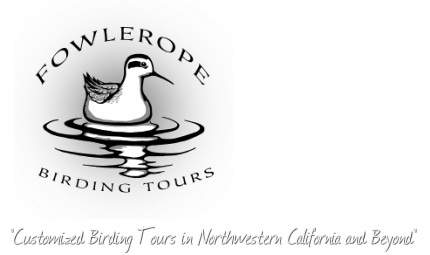
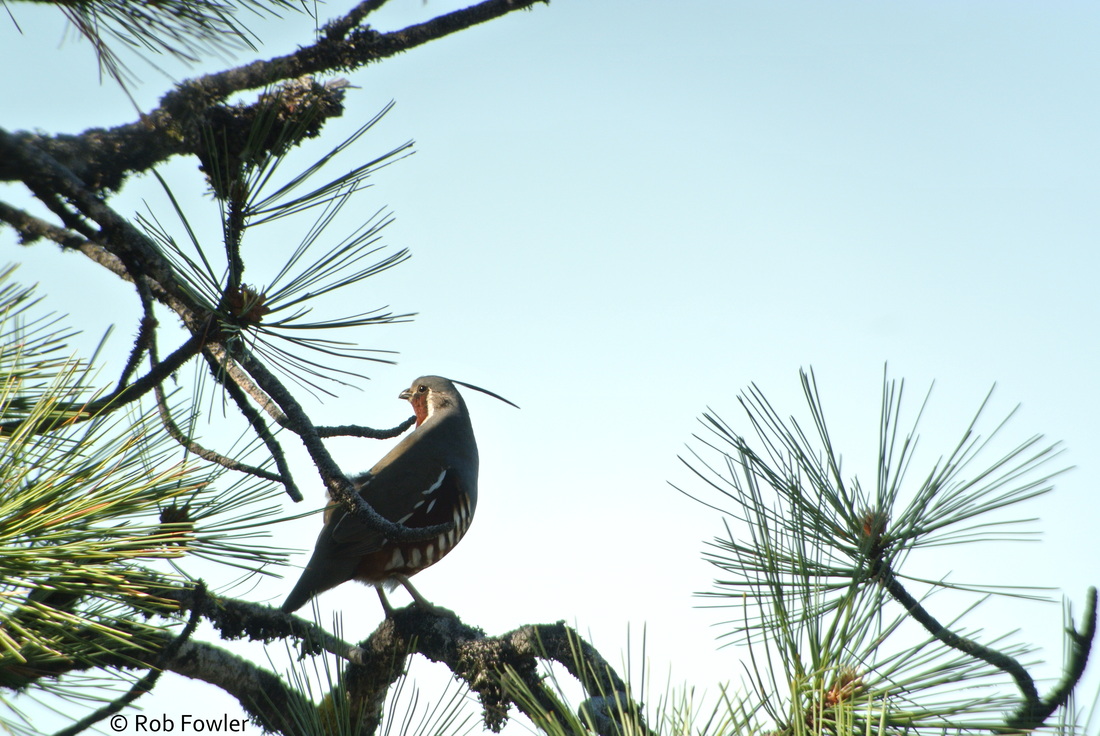
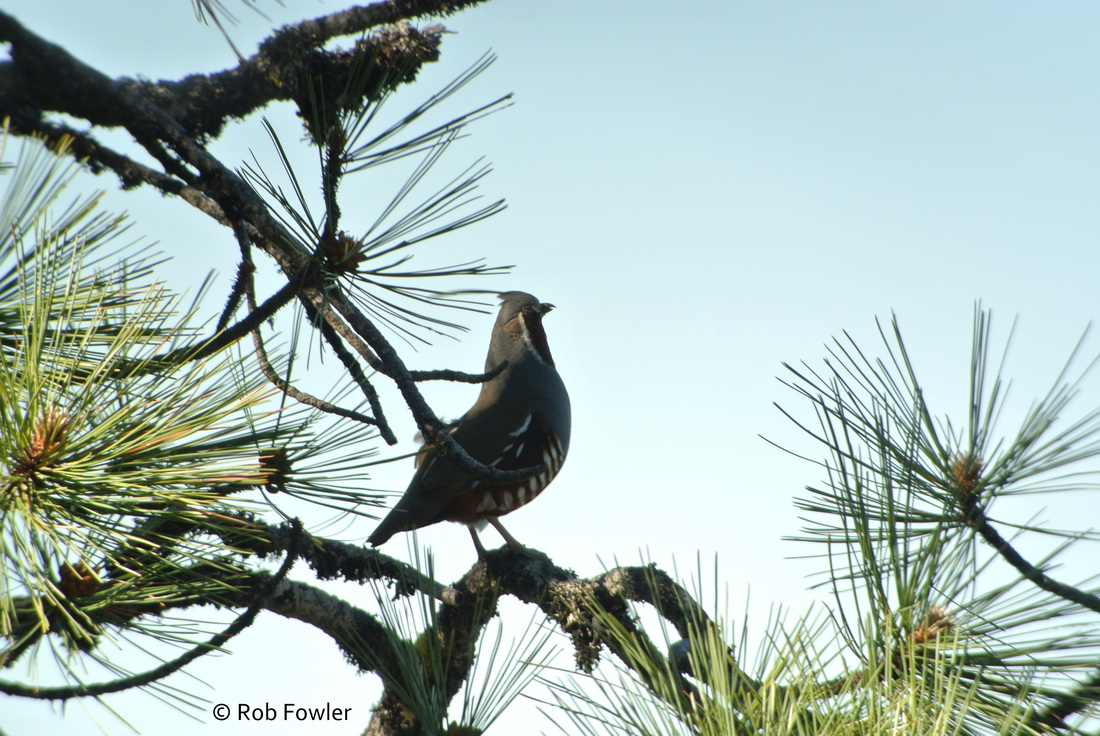
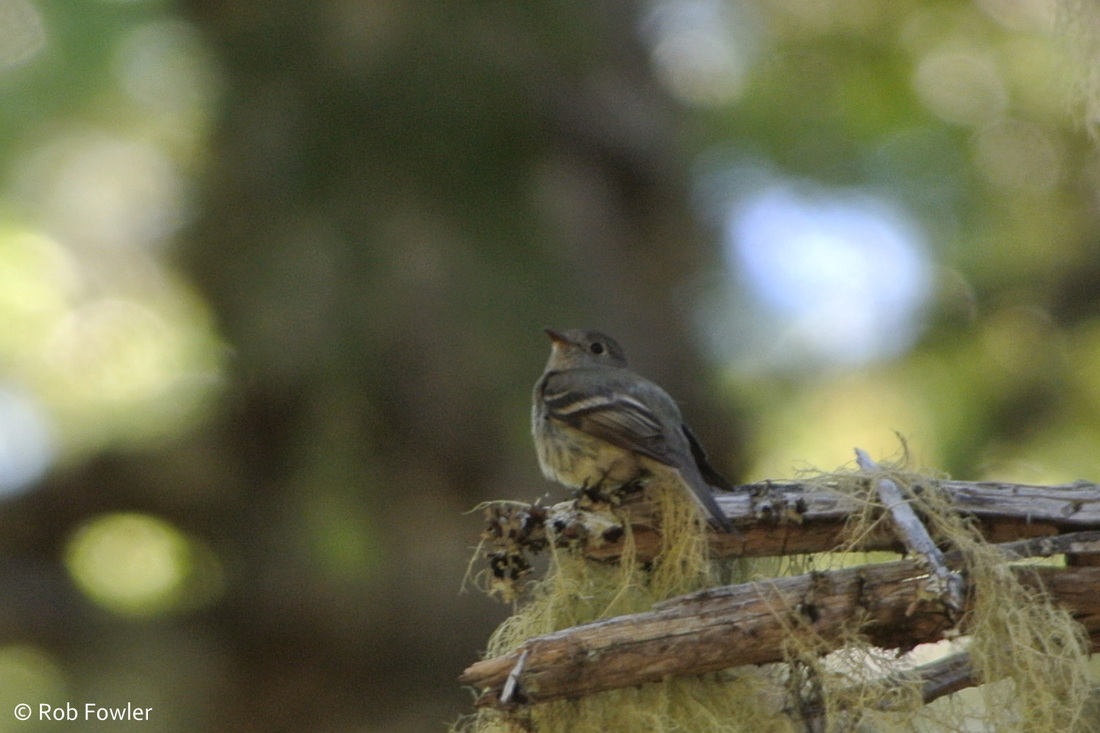
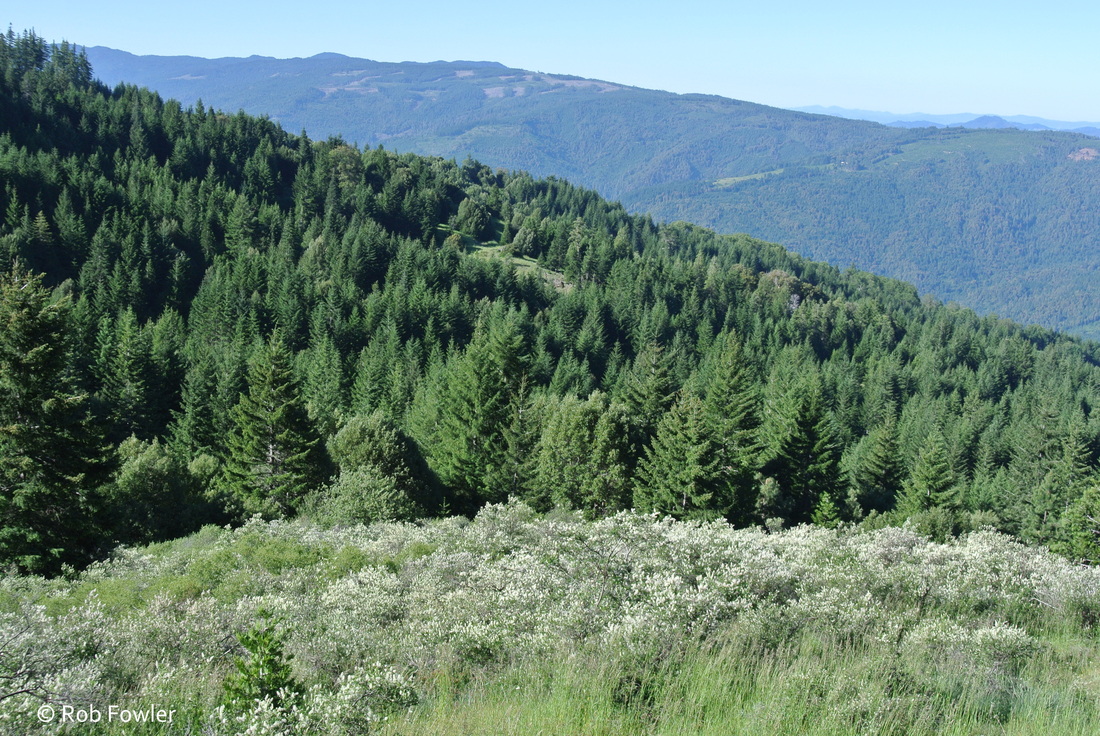

 RSS Feed
RSS Feed

